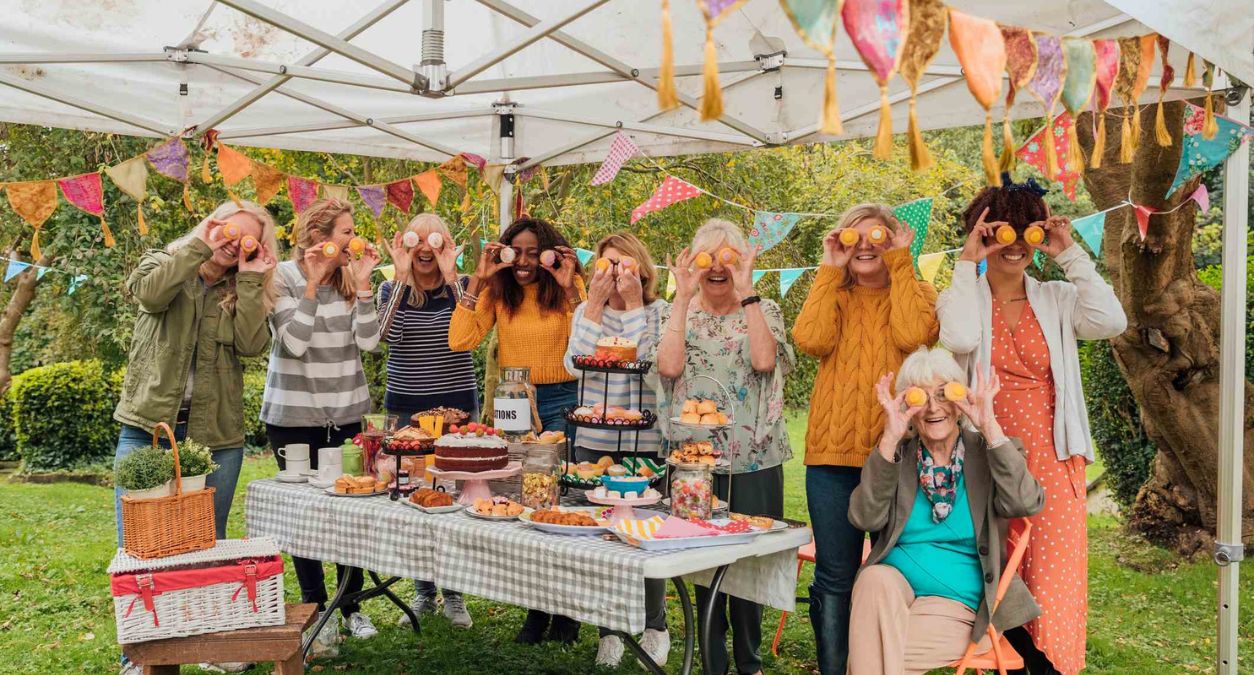Table of contents
Table of contents
There are plenty of event planning tools available to support you when planning your event from project management tools to managing lists of attendees. But what is the right tool to make you more efficient when organising an event?
About Us
We provide Event Insurance to thousands of UK event organisers and stallholders each year. Our policy provides a range of cover options, such as public liability for events. Get an instant quote for your event insurance policy via the link below.
Get Event Insurance from Protectivity
*Disclaimer – This blog has been created as general information and should not be taken as advice. Make sure you have the correct level of insurance for your requirements and always review policy documentation. Information is factually accurate at the time of publishing but may have become out of date.
Last updated by











